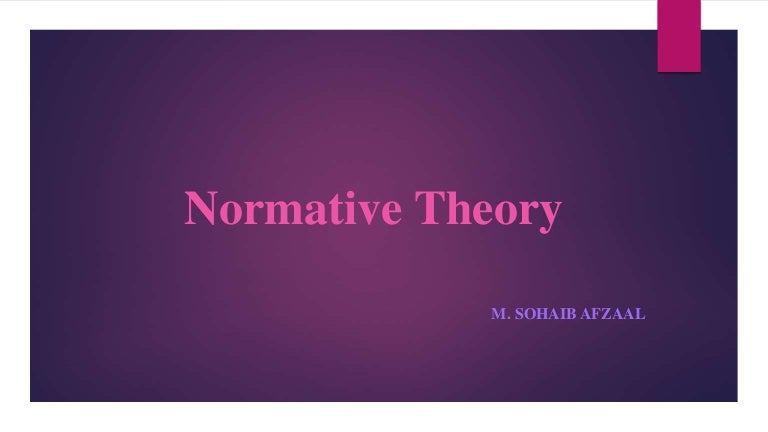


When certain folkways become well-established and are supported by the belief that they are proper, right, and indispensable, they become mores. Customs that are regarded by general agreement as highly important and obligatory, as evidenced by strong sentiments against deviation and by severe punishments for violation, are usually called mores. The folkways, thus, are concrete patterns of behavior they have usually been interpreted as the outcome of largely unreflective trial-and-error adjustments. Sumner considered folkways to be group habits or customs which originated in the repetition of adjustive acts by individuals responding to a similar social or individual need.

The concept of folkways was developed by the American sociologist William Graham Sumner and by his followers.

The standards used for judging conformity are the norms for the customary behavior.įolkways. Thus, the actual enduring regularities in social behavior, accepted by and approved by most members of a group or society, may be called customs. Of course, sanctions may not occur when the deviation is as slight as failure to take a siesta in the tropics but they will certainly occur when it is as great as marrying a forbidden clan-sister. Negative social sanctions, ranging from ridicule to extreme punishment, may be applied when there is deviation from custom. Customs are more than mere aggregates of individual habits a custom is always tacitly supported by social approval. To speak of a “customary” way of acting is to suggest that the conduct in question has come down from the past and is not regarded solely as a matter of immediate expediency. The very broad term “custom” frequently has been used to refer to the whole body of those shared behavior patterns in a particular group or society that are regarded as the traditional and established ways of the people. Closely related concepts, however, have long been current in the discourse of the social sciences: for example, convention, etiquette, law, custom, folkways, and mores.Ĭustom. Although the term has been fairly common in philosophical analyses of ethics, in social science use of the specific word “norm” has become extensive only in recent times (the Encyclopaedia of the Social Sciences, published in the 1930s, did not even include the term). The history of the concept of norm goes back as far as men have recorded their ideas of proper conduct. Nevertheless, the great majority of important social interactions are guided in part by norms. The uniformity may simply represent such separate individual reactions to a common stimulus as fleeing from fire. A sheer uniformity in behavior, however, does not necessarily mean that a norm is involved. Thus there will be more or less standardized ways in which people are seen to behave when conducting trade, engaging in religious worship, or playing games. To the extent that a particular social norm actually is effective, one will be able, of course, to observe a marked actual regularity of social acts in recurrent situations of a particular kind. A norm in this sense is not a statistical average of actual behavior but rather a cultural (shared) definition of desirable behavior. The norms are the standards by reference to which behavior is judged and approved or disapproved. Gibbs I THE CONCEPT OF NORMSĪ norm is a rule, standard, or pattern for action (from the Latin norma, a carpenter’s square or rule).


 0 kommentar(er)
0 kommentar(er)
